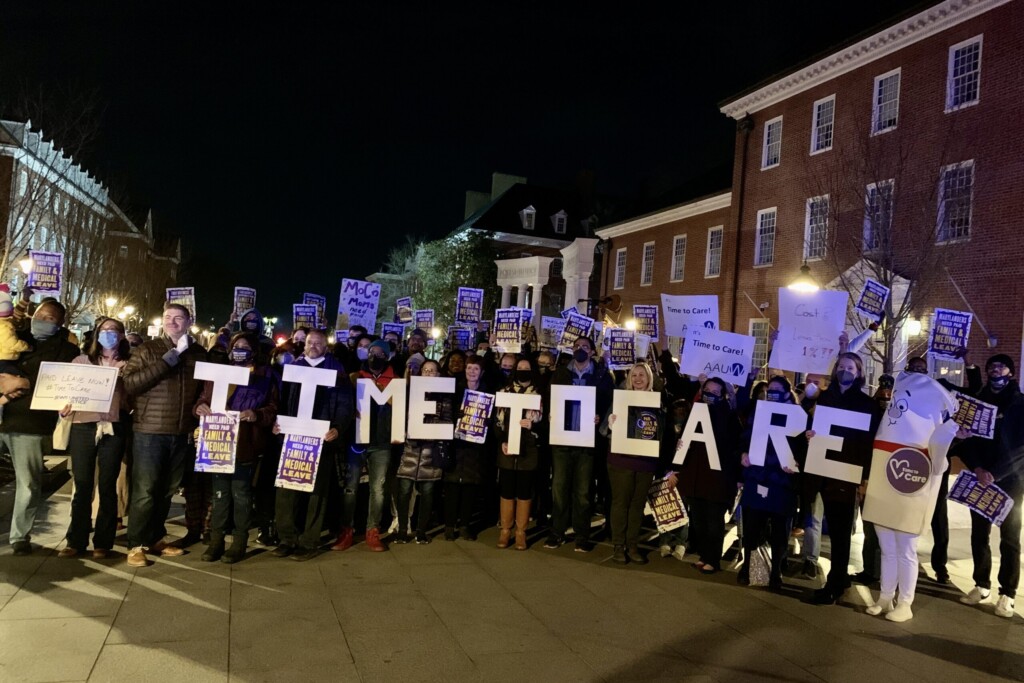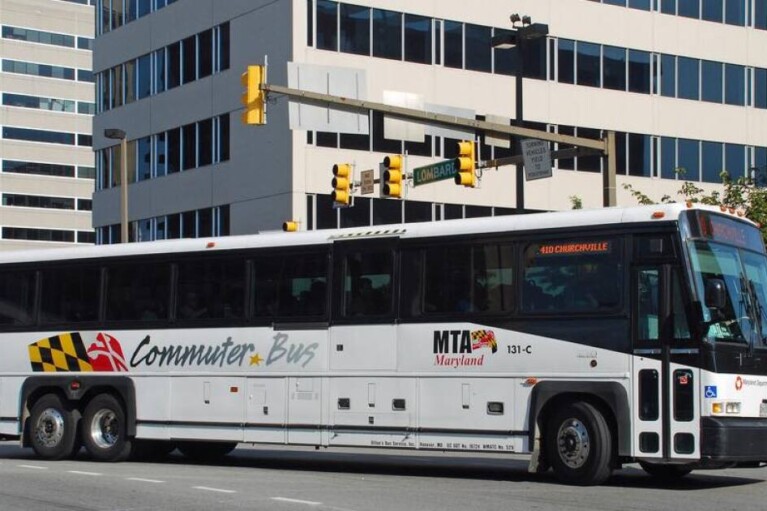Opinion: The Work is Not Over to Ensure a Strong Paid Family Leave Program

By Regan Vaughan
The writer is the director of advocacy for Catholic Charities of Baltimore.
Earlier this year, the General Assembly took a major step forward in supporting Maryland’s working families by passing landmark legislation establishing a paid family and medical leave program.
With the vote to override the veto from Governor Lawrence J. Hogan Jr. (R), legislators sided emphatically with workers. The paid leave program legislation will begin to go into effect June 1, and it will eventually bring a sea change to Maryland workplaces.
Once the paid leave program is up and running, workers will no longer have to give up a paycheck when they must stay home to take care of themselves or a loved one, welcome a new child or navigate a military deployment. No longer will workers be forced to choose between the family they love and the job they need.
This legislation will bring a substantial benefit to nearly 2.5 million Maryland workers, but there is important work still to be done. The Time to Care Coalition, made up of more than 2,000 organizations and individuals that powered the paid family and medical leave legislation to passage, is continuing to advocate to ensure that the implementation of the program is successful and meets the needs of Marylanders at the happiest and most challenging times.
The secretary of the state Department of Labor will play a key role — adopting regulations to implement the program, including developing procedures for filing benefit claims. The Department of Labor will also work with stakeholders to carefully review the costs of a paid leave program and use that study to make recommendations this winter on how much workers and employers will contribute in premiums to fund the paid leave program. Under the new law, workers’ share of the premiums will be between 25 and 75 percent of the total cost, with employers (in most cases) contributing the balance of the costs. For a worker earning the average Maryland income of $54,600, the premium is expected to be no more than $6 a week.
The Maryland General Assembly will have the chance to review the recommended contribution rates during the 2023 session, and the Department of Labor will establish final contribution rates by June 1, 2023. Contributions from workers and employers will begin in October 2023. The Department of Labor is also charged with conducting a public education program to make sure workers understand the new benefit and how they can use it.
By January 2025, after contributions have built up a sustainable benefit fund, workers will be able to file for paid leave benefits while they take time off from work to handle family issues covered under the law. Workers will be eligible for a portion of their regular paycheck, with workers who earn less entitled to a higher percentage of their regular pay. Paid leave benefits will be capped at $1,000 per week.
Maryland becomes the 10th state to create a paid family and medical leave program. Just as those states have seen their workers and economies thrive with statewide paid leave programs, we are confident that Maryland’s paid leave program will be a benefit to employers, as workers will be able to take paid time off to deal with family issues and ultimately return to the job. This will reduce turnover, which saves employers’ costs for recruitment and training.
And it’s important to note that when a worker takes paid family and medical leave, their employer is not paying their leave benefits. That payment comes out of the paid leave insurance fund administered by the state.
While agency leaders and legislators work out the details of the paid family and medical leave program, opponents may seek to weaken the bill by rolling back protections or trying to move administration of the program to a private company. That’s why the Time to Care Coalition will continue its advocacy to ensure that the eventual program lives up to the original intent and purpose: to protect Maryland workers and businesses.
Imagine how helpful this benefit will be — being able to take 12 weeks of paid leave to bond with a new baby or adopted child, to care for an ailing spouse or parent, or to prepare for military deployment, without having to worry about losing a paycheck for an extended period.
The General Assembly laid out a smart roadmap for implementing the program, setting contribution rates and educating the public. Over time, the hard work in Annapolis — by lawmakers, advocates, parents, and hundreds of community members — will provide critical family-supporting benefits to Maryland workers.




 Creative Commons Attribution
Creative Commons Attribution